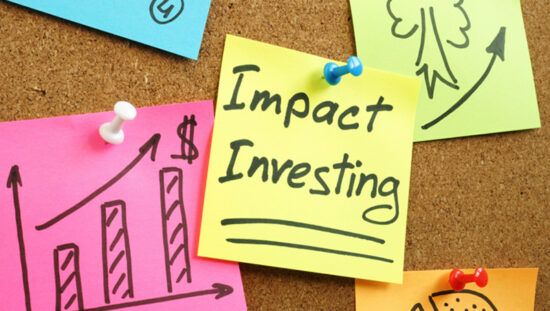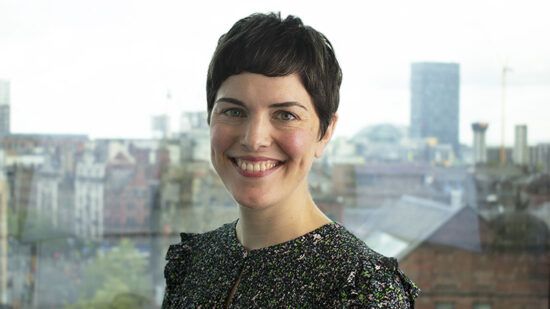Even with record-level assets flowing into ESG funds this year and projections for at least another decade of explosive growth, financial advisers cite the uphill challenges of bringing advisory firms and investors fully online to a sustainable investing way of thinking.
Speaking Wednesday as part of the InvestmentNews ESG Summit, panelists agreed that even with so much attention being given to environmental, social and governance investing there is much confusion and misunderstanding around the concept of ESG investing.
For example, Randall Strickland, director at Pathstone, still sees a prevalence of investors who associate ESG investing with philanthropic endeavors, and not as pure investments.
“I see it with people who are entrenched in this space, and they are classically trained that you make your money in the capital markets, then you give some away to charity,” he said. “They look at ESG more in a philanthropical context.”
Strickland believes part of the reason for such attitudes is that “people are stuck in their ways, and they also might be considering this space as just about negative screening.”
While the practice of excluding certain companies or industries still exists in the sustainable investing space, as well as within some religious-values strategies, the panelists said ESG investing in general has evolved way past such rudimentary portfolio management techniques.
“A lot of the things we do is explain what this space isn’t before we can explain what it is,” Strickland said. “We are addressing fears and misconceptions about what this space is about.”
Anthony Eames, director of responsible investment strategy at Calvert Research and Management, said the challenge is sometimes getting investors to think of sustainable investing as a way of “evaluating companies through a different lens.”
“It’s a big shift from years ago when it was all about screening out companies,” he added.
Max Mintz, a financial adviser at Common Interests, said, when it comes to ESG investing, “one of the biggest obstacles is about communication.”
“There are always concerns about triggering the swamp of negative cultural values, and it’s important to use language in a way that’s inclusive, and to walk people through in a way that isn’t us versus them,” he said.
The panelists acknowledged that part of the communication and education challenge in the fast-growing and evolving ESG space is dealing with a general lack of standard definitions and guidelines.
“To us, the best framework we’ve found so far is the United Nations Sustainable Development Goals,” said Mintz.
Eames also gave the nod toward the UN efforts to better define and categorize ESG investing.
“The UN has done a great job of making the goals clear,” he said. “We’ve made a lot of progress as an industry, but we need to continue.”
Citing a “transparency tool” developed by Calvert, Eames said the industry is moving in the right direction by providing practical examples of what are sometimes vague concepts.
“We have an impact tool that shows, for example, how a portfolio is using a certain amount of water and how that translates to a number of showers and toilet flushes,” he said. “All of this has to be presented at an eighth-grade level.”
If there’s one thing solidly in the corner of ESG investing it is recent performance.
Mintz acknowledged that the ESG space is still suffering from some reputational damage from the “early days of the industry,” when negative screens often hurt performance.
But today, he said, the performance drag argument is a “myth.”
“ESG funds did perform better during the pandemic,” Mintz added.
Strickland echoed that sentiment by citing “about 200 studies.”
“The consensus is by incorporating ESG you will outperform,” he added. “At a minimum, you’ll get the same performance [as non-ESG investments], and I’m talking about broad based portfolios across all asset classes.”








